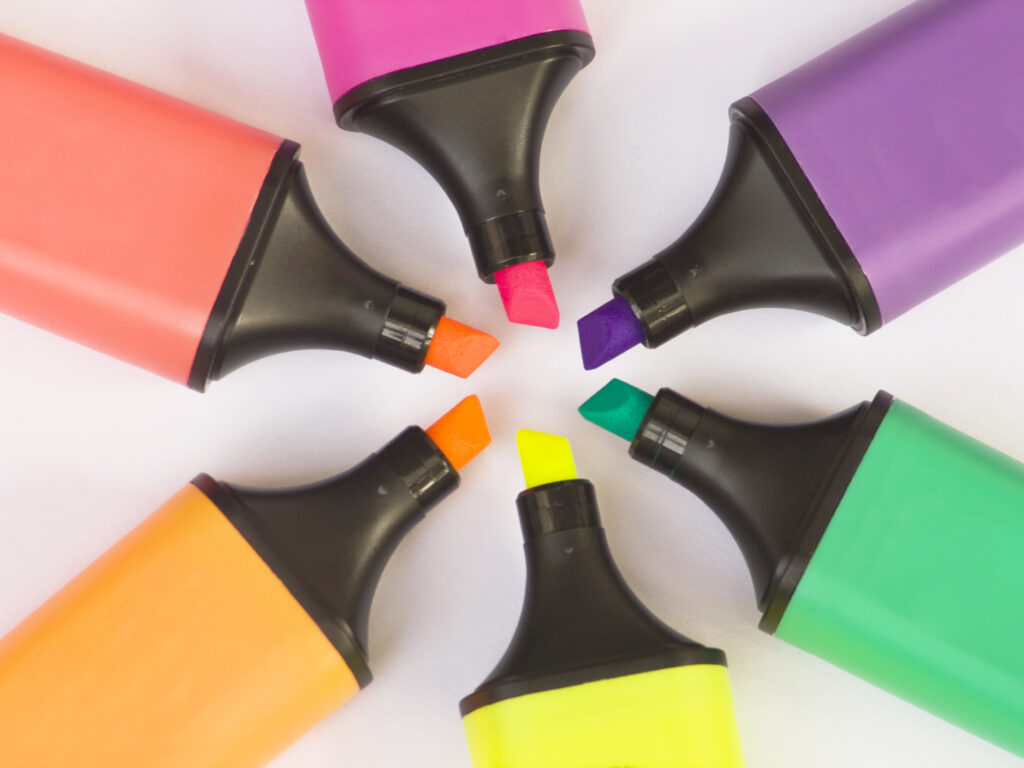Is your inbox getting you down? It's time to get productive. Graham Allcott kicks off 2012 with a another great Trainer's Tip for the community.
- Keep your inbox at zero. Be clear on what's coming in, which emails are putting pressure on your time and attention and what you need to keep on top of. By aiming to keep your inbox at zero, this will help you make up-front decisions about what each email means, which are valuable to you and which you need to be ruthless with. It's also easier to achieve zero than you think.
- Perfect the art of the subject line. Writing clear subject lines is the most sure-fire way to reduce the volume of emails come back at you, as well as to ensure that the emails that you send to others are clearly understood and quickly dealt-with by their recipients.
- Keep it short. The website www.five.sentenc.es suggests never using more than five sentences in an email – if you've got more to say, pick up the phone, or put it in a word document. That way, your five sentences in the email can be devoted to describing the action required and is likely to be more clearly understood. Add 'www.five.sentenc.es' to your email signature to ensure that your colleagues hold you to the five sentence rule.
- Make decisions. Never close an email back down without having decided what action, if any, you need to take as a result. That way, you'll never waste time reading an email more than once. Reduce procrastination time by increasing your decisiveness.
- Turn Outlook or Gmail off. Don't be a slave to your email account. Turning it off, even for just an hour a day will increase the focus and energy you have available for other (non-email) tasks.
- Don't mistake connectivity for productivity. Blackberry and iPhone users often fall into this trap. It's easy to mistake being connected with things getting done and just as easy to feel pressured or tempted to be replying to emails late into the evening. Actually, we need our rest time, so spend time not checking your Blackberry, relax and you'll be surprised how much easier some of those decisions are the next morning after a good night's sleep.
- CC less. CC is an over-used button and the cause of much of the excess volume that we see in so many offices. Think before you send an email about who really needs to be CC'd in – remember every email interruption costs a colleague's time, so decide who you need to bug versus who you can spare. You'll find if you do this regularly, others will start to develop more respect for your own time, too.
- Keep your reference folders simple – having sub-folders and sub-sub-folders only makes it difficult for you to quickly file emails away. Have a simple folder structure with no more than a dozen, broadly-defined folders. This will save you heaps of time filing away and the chances are it won't affect your ability to retrieve emails at all.
- Know your audience. Resist the temptation to send comedy 'forwards' to professional contacts you want to respect you, but equally recognize when a little informality will help build a stronger working relationship.
- Think about it. Surveys have shown that the average employee spends about 41% of their time on email, so even getting slightly better at it can be a huge productivity saving. Facilitate discussions about email policies within your organisation and invest in some good training.
Graham Allcott is founder of Think Productive, a productivity workshops company running email training and contemporary time management workshops









